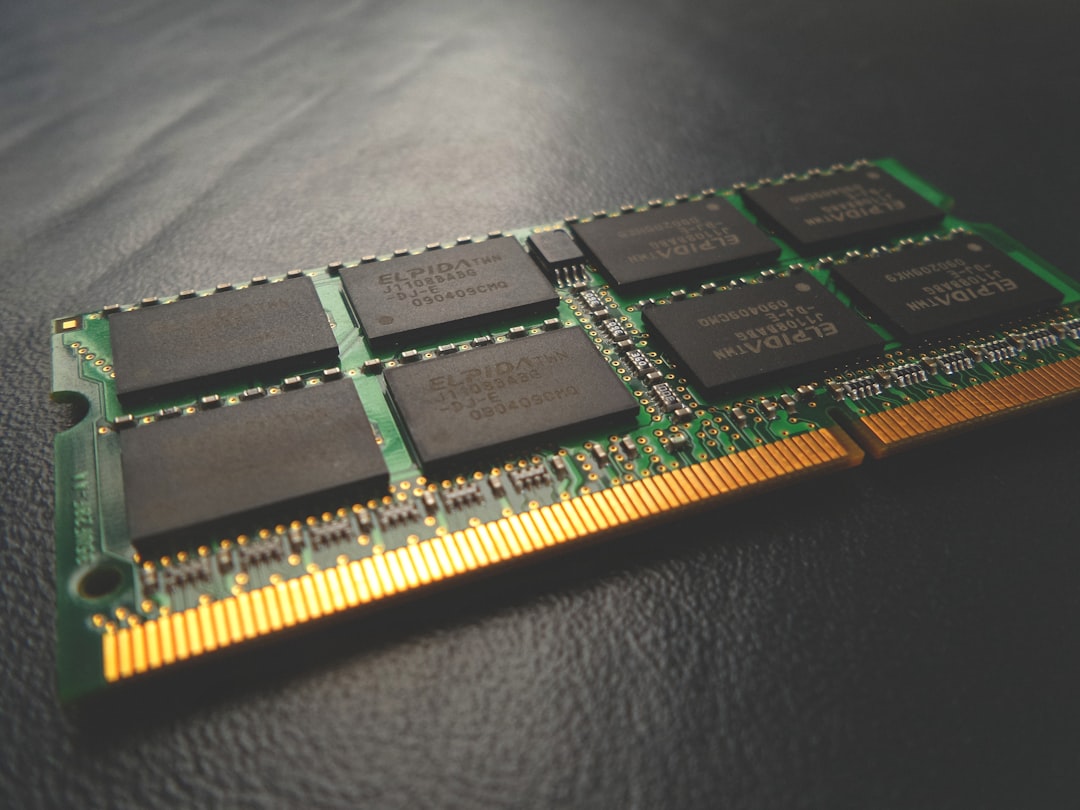What is it about?
The influence of bimodularity (different stress ~ strain behaviour in tension and compression) on fracture behaviour of graphite specimens has been studied with fracture toughness (KIc), critical J-integral (JIc) and critical strain energy release rate (GIc) as the characterizing parameter. Bimodularity index (ratio of tensile Young's modulus to compression Young's modulus) of graphite specimens has been obtained from the normalized test data of tensile and compression experimentation. Single edge notch bend (SENB) testing of pre-cracked specimens from the same lot have been carried out as per ASTM standard D7779-11 to determine the peak load and critical fracture parameters KIc, GIc and JIc using digital image correlation technology of crack opening displacements. Weibull weakest link theory has been used to evaluate the mean peak load, Weibull modulus and goodness of fit employing two parameter least square method (LIN2), biased (MLE2-B) and unbiased (MLE2-U) maximum likelihood estimator. The stress dependent elasticity problem of three-dimensional crack progression behaviour for the bimodular graphite components has been solved as an iterative finite element procedure. The crack characterizing parameters critical stress intensity factor and critical strain energy release rate have been estimated with the help of Weibull distribution plot between peak loads versus cumulative probability of failure. Experimental and Computational fracture parameters have been compared qualitatively to describe the significance of bimodularity. The bimodular influence on fracture behaviour of SENB graphite has been reflected on the experimental evaluation of GIc values only, which has been found to be different from the calculated JIc values. Numerical evaluation of bimodular 3D J-integral value is found to be close to the GIc value whereas the unimodular 3D J-value is nearer to the JIc value. The significant difference between the unimodular JIc and bimodular GIc indicates that GIc should be considered as the standard fracture parameter for bimodular brittle specimens.
Featured Image
Why is it important?
The significant difference between the unimodular JIc and bimodular GIc indicates that it will be unwise to ignore the effect in high risk components. Therefore, load bearing structures should involve the bimodularity parameter to lessen the unpredictability of the strength failure and fracture of susceptible components comprising of bimodular materials.
Read the Original
This page is a summary of: Experimental and computational correlation of fracture parameters K Ic , J Ic , and G Ic for unimodular and bimodular graphite components, Journal of Nuclear Materials, May 2018, Elsevier,
DOI: 10.1016/j.jnucmat.2018.03.012.
You can read the full text:
Resources
Contributors
The following have contributed to this page










